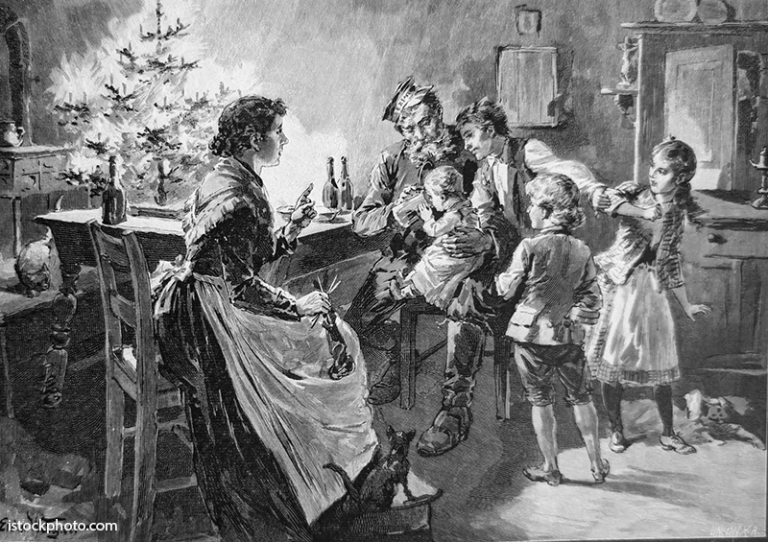
Tenth and final in a series on the Texas Triangles.
Rural contributions significantly affect a state’s Gross Domestic Product (GDP), though the impact varies depending on the state’s economic structure and level of urbanization. Rural areas are often the backbone of agriculture, forestry, mining and fishing, all vital to state and national economies. In states like Iowa, Nebraska and Montana, a large share of GDP comes directly from rural agricultural production.
Texas and its two triangles share a “bridge” phenomenon where a naturally growing metropolitan force bridges into rural productivity and vice versa. Our state is both a rural and an urban leader nationally and worldwide. Rural contributions in states with highly urbanized regions like New York, California and Texas are a smaller slice of a much larger economic pie. However, rural contributions in less urbanized states can make up more than half of a state’s GDP.
The Texas Comptroller reported that the Texas agriculture and food sector contributed approximately $159.3 billion, or 8.6% of the state’s total GDP, in 2019. This sector encompasses farming, food processing, manufacturing and distribution in rural areas. Rural areas host numerous manufacturing facilities, including food processing plants and textile mills, which benefit from lower land and labor costs. In Texas, food and fiber manufacturing contributed $27.5 billion or 17.4% of the sector’s total GDP in 2019. The Rural Texas hydrocarbon industry contributes about 8% to Texas’s GDP and approximately 60% of total U.S. production. As of 2024, the U.S. states with the largest GDPs are California: $4.103 trillion, Texas: $2.709 trillion and New York: $2.297 trillion. Interestingly, each state has both a strong metropolitan and rural economy.
Access to higher education differs by region and state. Texas is vast, with many rural and semi-rural areas. Regional universities like West Texas A&M University provide access to higher education for students who may be unable and unwilling to relocate to attend a school like UT Austin, Texas A&M or Texas Tech. These universities often offer lower tuition and living costs, making higher education more affordable to low- and middle-income families. However, regional universities can tailor programs to meet specific workforce needs within the region. For example, WT works with local partners to address specific healthcare, education, agriculture, energy and technology needs.
Many first-generation college students enroll at regional, rural-serving universities precisely because they are close to home and familiar. At WT, 47% of the May 2025 graduating class are the first in their families to graduate from college. These graduates will change the trajectory of their entire families, communities, the region and the state.
Rural universities in the U.S. provide a strong economic and social impact on their state’s economy, especially in their local regions. The Food, Fuel and Fiber Triangle and the Megaregion Triangle are the backbone of the Texas economy, even though the populations and political influence vary dramatically.
Water is key to Texas’s future. Rural, agriculturally dependent economies should play a key role in understanding and promulgating policies and actions related to water resiliency. Similarly, accessibility and the availability of healthcare in the Texas Panhandle are problems we face. Rural universities must address these and other challenges faced by rural populations.
Who or what is Texas? To find an answer, look at any place within its vast area and cultural diversity. There is no single answer. Museums in rural regions cataloging our state’s various regional cultures are essential for understanding Texas’s past and future.
In short, regional universities in Texas are not just educational institutions—they are engines of opportunity, development and stability for the communities they serve. Dispersed, high-quality educational offerings at the primary and secondary level, whether delivered at home, in private or public schools, are critical to our state’s future in meeting families’ complex and ever-changing aspirations. Regional impacts through the availability of institutions of higher learning affect the course of our state and its economic and social history. Civic leadership, attending to matters of public representation, is the core to both the American experience and the Texas experience. A sense of belonging and being part of something larger than oneself makes Texas great.
WT boldly accepts the pervasive responsibility to our region and state, which is realized in every action and decision. The goal of WT is to be a catalyst, not just a campus.
Walter V. Wendler is the President of West Texas A&M University. His weekly columns, with hyperlinks, are available at https://walterwendler.com/.







